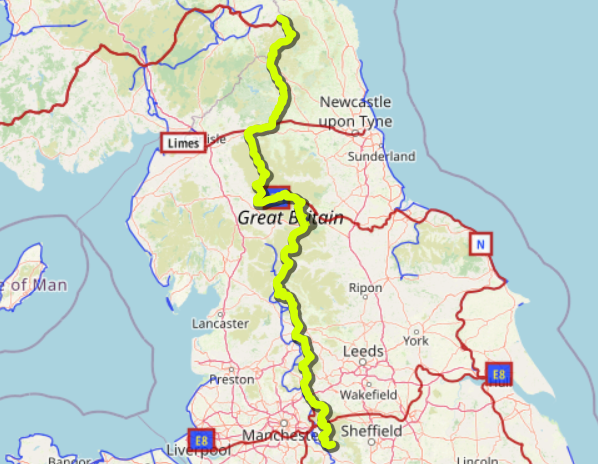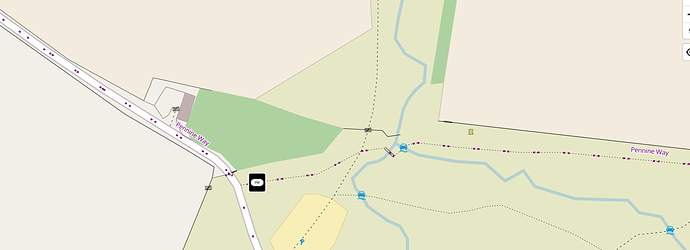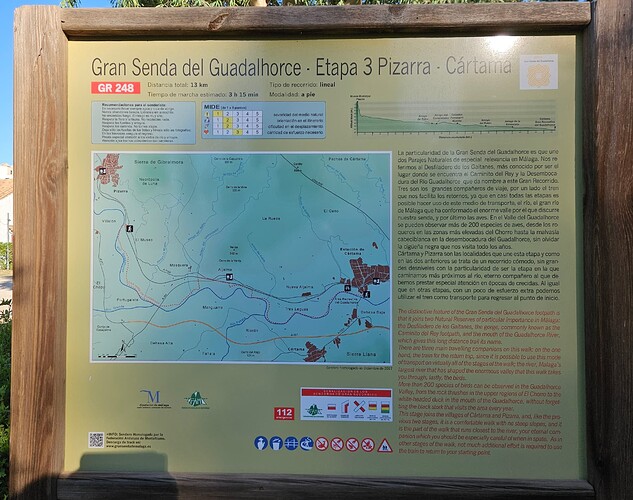I need to be direct here. The tone and pattern of responses in this thread have been unacceptable. Referring to me as “J Random User,” even indirectly, is disrespectful and dismissive. I have contributed serious work, argued my case clearly, and supported it with concrete, real-world examples. That level of engagement deserves to be met with respect.
The use of “sigh” to dismiss what I said, along with other sarcastic or belittling language, is not appropriate, especially from community moderators. It does not contribute to the discussion. It sends the message that some voices are not welcome unless they already align with entrenched views.
It is particularly troubling that this behavior is coming from moderators, who are expected to set the standard for respectful and constructive dialogue. Instead, what I have encountered here is a consistent pattern of misrepresentation, deflection, and condescension. This does not feel like an open discussion. It feels like an attempt to shut down legitimate input.
I have presented a valid use case that reflects real-world needs and supports better outcomes for both hikers and data users. It deserves serious and honest engagement, not sarcasm and gatekeeping.
Unless you would like to apologize for your disrespectful behavior, I will consider you to be acting in bad faith and not a serious stakeholder in this discussion.


